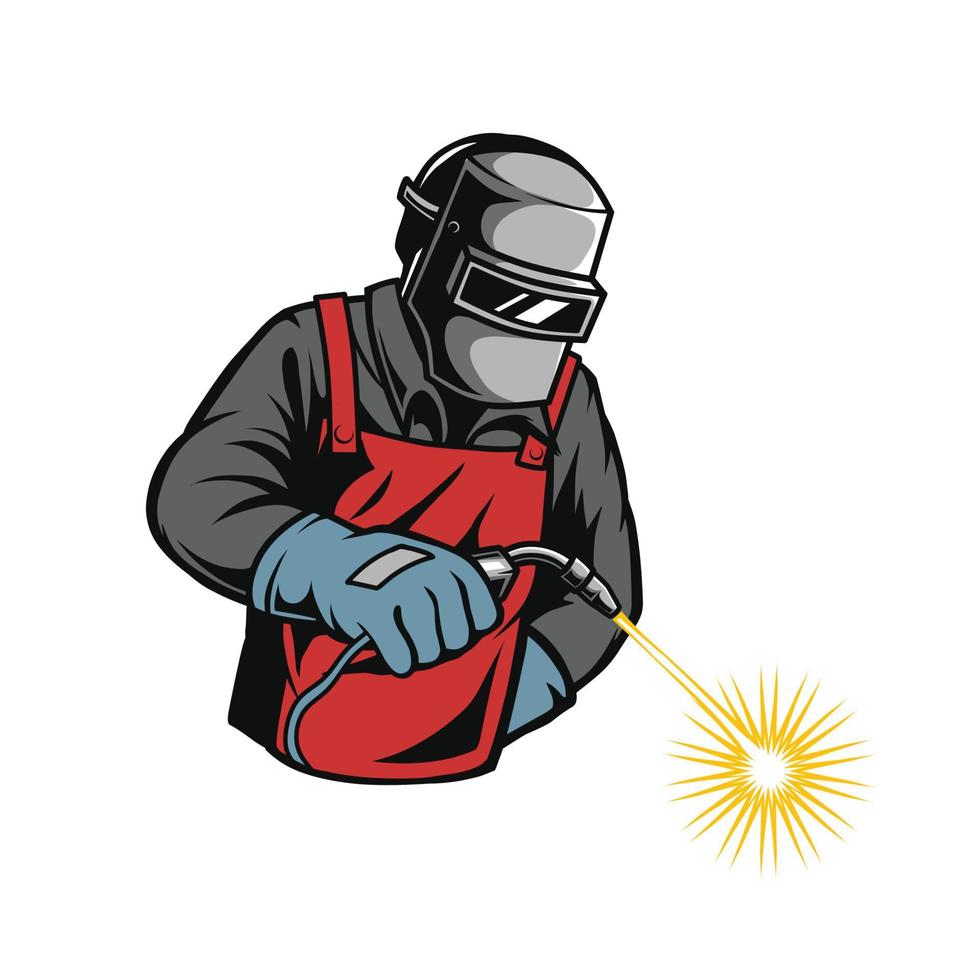Getting Welding Excellence: Revealing the Secrets of WPS Execution and Optimization
In the realm of welding, attaining quality is a search that depends upon the careful implementation and optimization of Welding Treatment Specifications (WPS) These foundational records serve as the foundation of welding operations, determining the treatments and parameters essential for producing top notch welds regularly. Nonetheless, the secrets to opening the complete potential of WPS exist not just in comprehending its relevance however additionally in mastering the complexities of its execution and optimization. By delving into the crucial aspects, techniques, challenges, and best techniques associated with WPS, a globe of welding excellence awaits those who agree to discover its depths.
Importance of WPS in Welding
The Value of Welding Procedure Specs (WPS) in the welding industry can not be overstated, working as the backbone for guaranteeing consistency, high quality, and security in welding operations. A WPS supplies detailed directions on how welding is to be brought out, consisting of necessary variables such as materials, welding processes, joint layout, filler metals, interpass and preheat temperatures, welding currents, voltages, traveling rates, and much more. By sticking to a distinct WPS, welders can preserve uniformity in their work, resulting in consistent weld quality throughout various tasks.

Crucial Element of WPS
Discussing the important components of a welding procedure requirements (WPS) is important for recognizing its role in welding procedures. An extensive WPS includes several essential components that assist welders in accomplishing quality and consistency in their work. One important aspect of a WPS is the welding procedure requirements, which describes the particular welding processes to be used, such as gas tungsten arc welding (GTAW) or protected steel arc welding (SMAW) Additionally, the WPS consists of details on the welding products, such as the kind and specifications of the base metal and filler metal to be made use of. The WPS additionally specifies vital variables like welding criteria, interpass and preheat temperature requirements, and post-weld warmth treatment procedures. Furthermore, it includes details on joint layout, fit-up, and any kind of unique strategies or safety measures essential for the welding procedure. By incorporating these crucial elements into the WPS, welding treatments can be standardized, making sure top quality, efficiency, and security in welding procedures.
Approaches for WPS Optimization

Second of all, training and credentials of welding workers according to the specific needs of the WPS is vital. Offering thorough training programs and guaranteeing that welders see this site are accredited to implement treatments outlined in the WPS can result in greater top quality welds and lowered rework.
Additionally, leveraging technology such as welding software and tracking systems can help in enhancing WPS. These devices can aid in monitoring variables, making certain criteria are within defined restrictions, and providing real-time comments to welders, allowing them to make instant modifications for enhanced weld high quality.
Typical Difficulties and Solutions
Encountering challenges in executing the techniques for WPS optimization can hinder welding operations' performance and high quality. One common challenge is poor training or understanding of the welding procedure specifications (WPS) amongst the welding group.
Another obstacle is the absence of proper documents and record-keeping, which is necessary for WPS optimization. Without clear documents of welding specifications, materials utilized, and examination results, it becomes difficult to identify locations for enhancement and ensure uniformity in welding processes. Applying a robust documents system, such as digital welding management software, can aid improve record-keeping and facilitate information analysis for constant improvement.
Furthermore, inconsistent welding devices calibration and upkeep can present a significant difficulty to WPS optimization. Regular equipment checks, calibration, and upkeep schedules must be followed strictly to make certain that welding parameters are properly controlled and preserved within the specified resistances (welding WPS). By resolving these usual challenges with positive solutions, welding operations can enhance effectiveness, high quality, and overall welding quality
Ideal Practices for WPS Implementation
To make certain successful WPS application in welding operations, more info here adherence to sector criteria and thorough attention to detail are vital. When initiating WPS implementation, it is critical to start by completely recognizing the details welding requirements of the job. This involves a thorough review of the welding procedure specs, products to be bonded, and the environmental problems in which the welding will happen.
Once the demands are clear, the next step is to choose the ideal welding procedure that lines up with these specs. This involves getting in touch with the relevant codes and standards, such as those offered by the American Welding Society (AWS) or the International Organization for Standardization (ISO), to guarantee compliance and top quality.
Furthermore, documenting the whole WPS execution procedure is crucial for traceability and quality assurance. Thorough documents need to be maintained pertaining to welding criteria, product preparation, interpass and preheat temperature levels, welding consumables utilized, and any type of discrepancies from the original treatment. Routine audits and evaluations of the WPS can assist determine areas for improvement and ensure recurring optimization of the welding procedure.


Conclusion
Finally, the execution and optimization of Welding Procedure Requirements (WPS) is crucial for accomplishing welding excellence. By comprehending the crucial elements of WPS, executing reliable techniques for optimization, resolving typical obstacles, and adhering to best techniques, welders can ensure top notch welds and safe working problems. It is essential for experts in the welding industry to prioritize the correct implementation of WPS to improve total welding performance and accomplish wanted outcomes.
The Significance of Welding Treatment Specifications (WPS) in the welding market can not be overstated, serving as the backbone for making certain uniformity, quality, and security in welding procedures. A WPS provides comprehensive directions on just how welding is to be lugged out, including necessary variables such as materials, welding processes, joint design, filler recommended you read metals, interpass and preheat temperatures, welding currents, voltages, traveling speeds, and extra. One vital facet of a WPS is the welding procedure requirements, which outlines the specific welding processes to be made use of, such as gas tungsten arc welding (GTAW) or protected steel arc welding (SMAW) By including these crucial components into the WPS, welding procedures can be standardized, guaranteeing top quality, effectiveness, and safety in welding procedures.
It is essential for professionals in the welding industry to prioritize the proper implementation of WPS to enhance overall welding performance and achieve desired outcomes.